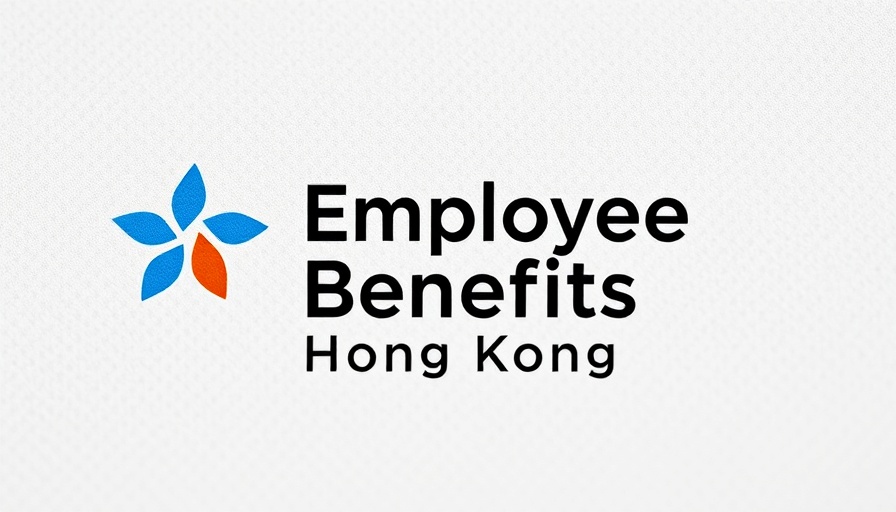
Understanding Employee Benefits in Hong Kong for 2025
The landscape of employee benefits in Hong Kong can seem modest compared to Western countries, particularly concerning paid leave, healthcare, and retirement provisions. For businesses operating in the $2M–$10M revenue bracket, navigating this terrain is not only about legal compliance but also about creating a competitive edge in attracting and retaining top talent.
What Are the Statutory Employee Benefits?
In 2025, Hong Kong's statutory employee benefits include the Mandatory Provident Fund (MPF), which mandates a 5% contribution from both the employer and employee based on earnings. This system is vital for retirement planning for employees aged 18–64 hired for more than 60 days. It's essential to recognize that while this fund supports future financial security, its limited cap of HK$1,500 monthly may not meet the needs of higher earners, opening discussions for supplemental benefits.
Additionally, employees are entitled to a minimum of seven days of paid annual leave after completing one year of service, which increases with tenure. However, these benefits are often seen as insufficient, especially from the perspective of younger colleagues who prioritize work-life balance and mental health support. Alongside statutory holidays, businesses must consider enhancing these offerings to remain competitive and appealing.
Who Qualifies for Benefits?
Statutory benefits generally extend to full-time, part-time, and fixed-term employees but exclude freelancers, part-time contract workers, and low-income earners. Understanding who qualifies for these benefits can inform hiring strategies and workforce planning. Companies might consider additional perks or benefits for these excluded categories to foster a more inclusive company culture and support diverse work arrangements.
The Importance of Enhancing Employee Benefits
Compliance with statutory employee benefits is essential for legal operations, but simply meeting these requirements is no longer enough. To stay ahead in a competitive market, businesses must actively enhance their employee benefits. Companies can study successful strategies from peers and industry leaders to create a more attractive value proposition. Better benefits can lead to improved retention rates, higher job satisfaction, and ultimately, increased productivity.
Future Trends in Employee Benefits
Looking forward, emerging trends suggest a shift towards more personalized employee benefits. Organizations will likely need to tailor their offerings more closely to the preferences of their workforce—incorporating wellness programs, flexible schedules, and additional financial security measures beyond mandatory benefits.
Incorporating AI in HR practices can streamline managing employee benefits, making it easier for businesses to provide tailored options that directly reflect the needs and desires of their workforce.
Actionable Insights for Business Owners
As a business owner navigating these waters, begin by assessing your current employee benefits package. Are you meeting only the bare minimum? Consider conducting employee surveys to gain insights into what benefits would enhance workplace satisfaction and drive retention. Remember, investing in your team is investing in your company's future success. Make changes that resonate.
Conclusion: Steps to Improve Your Employee Benefits
As we move through 2025, the landscape of employee benefits in Hong Kong continues to evolve. For companies looking to scale, understanding this terrain is crucial. Leverage this guide to audit your employee benefits strategy. Strive to create an environment that supports a thriving workplace culture by improving employee benefits, thereby securing a strong, loyal team ready to drive company success.
Now is the time to take action on these insights. Evaluate and enhance your benefits package to attract and retain top talent while bolstering your leadership in the marketplace.
 Add Row
Add Row  Add
Add 



Write A Comment